-
Welcome to Miniaturk
- iletisim@kultur.istanbul
- +90 212 222 28 82
Welcome to Miniaturk
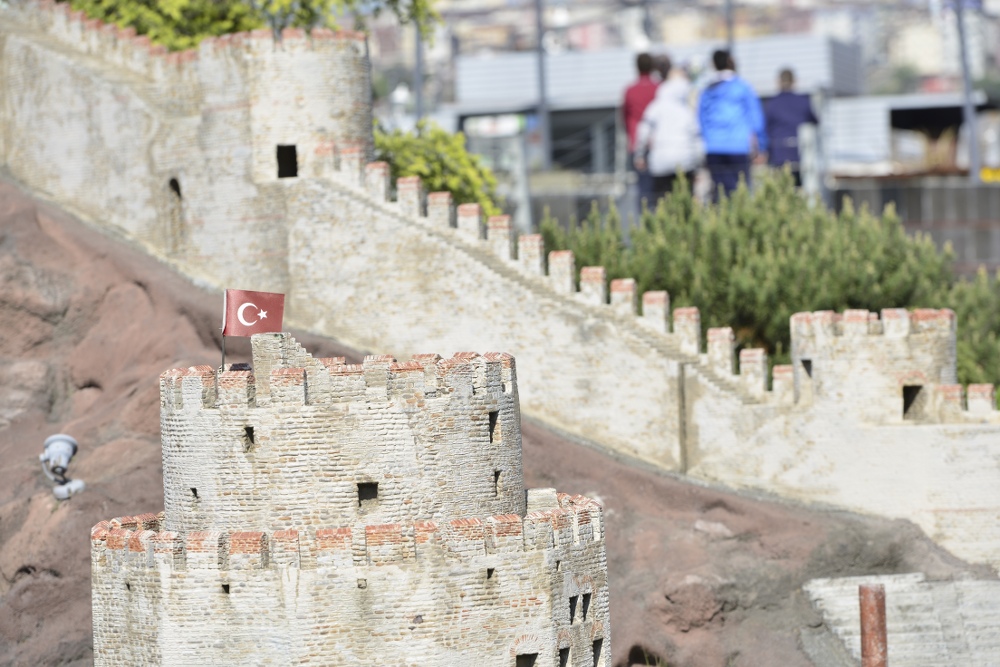
It was built in 1452 by Sultan Mehmed the Conqueror to block the help coming from the Bosphorus to Byzantium. The length of the fortress is about 250 meters and the width varies between 50 and 125 meters. After the conquest, it was also used as a prison for a period when the Yedikule Dungeons were under repair.
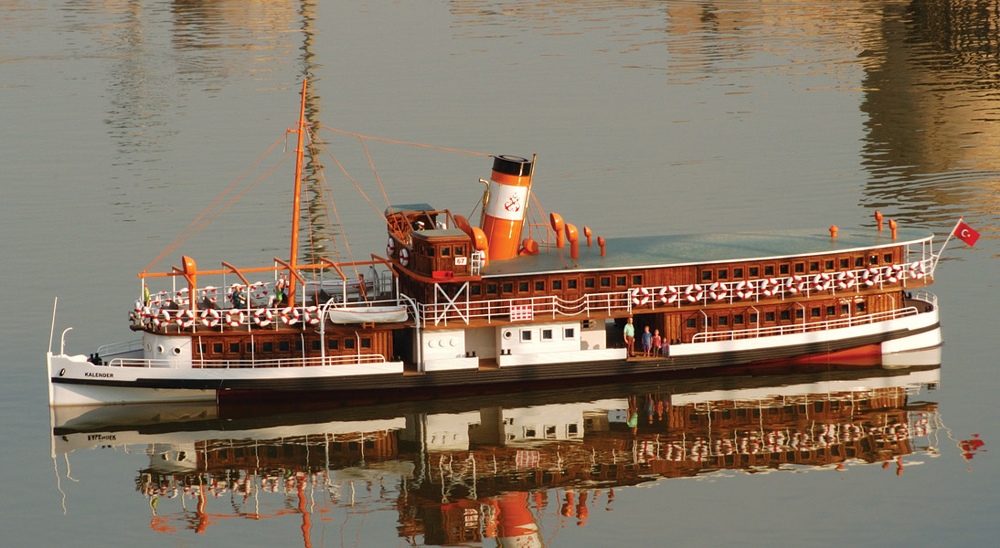
İngiltere, Newcastle’da, Hawthorn, Leslie & Co. Ltd. tezgâhlarında yolcu vapuru olarak yapıldı ve 1911’de hizmete girdi. 1981’de Kabataş’a bağlanarak kısa bir süre için “Atatürk Müzesi” haline getirildi. 25 Haziran 1984’te hizmet dışı bırakılarak Pendik Tersanesi’ne bağlandı.
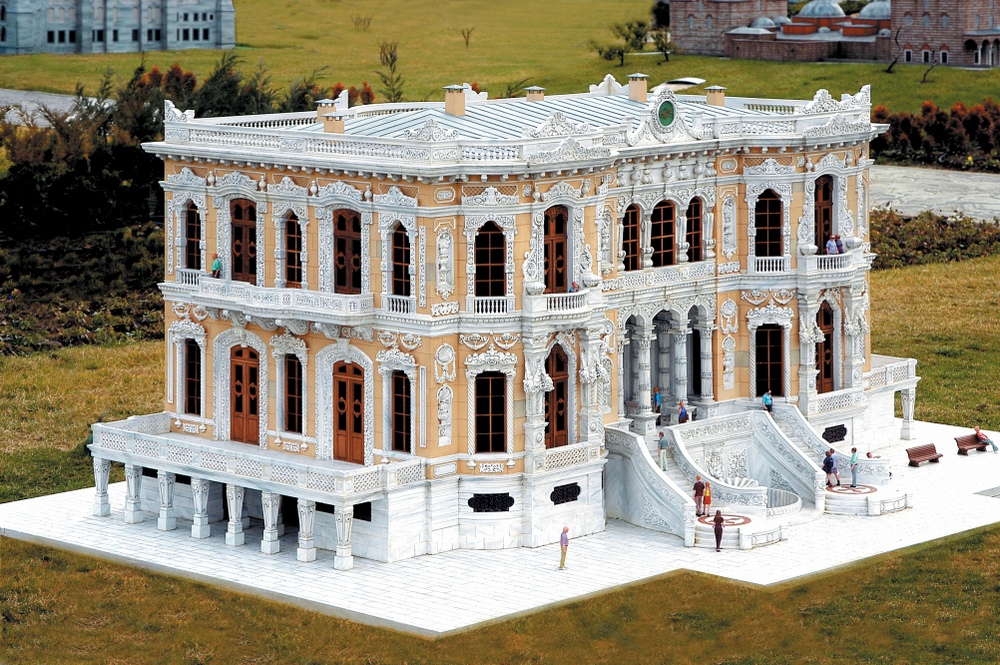
Built in the reign of Sultan Abdülmecid by the architect Nikogos Balyan, the work was completed in 1856. It is one of the rare works of the Bosphorus and catches attention with baroque Rococo ornaments and the staircases on the sea front. The Pavillon has been serving as a museum since 1983.
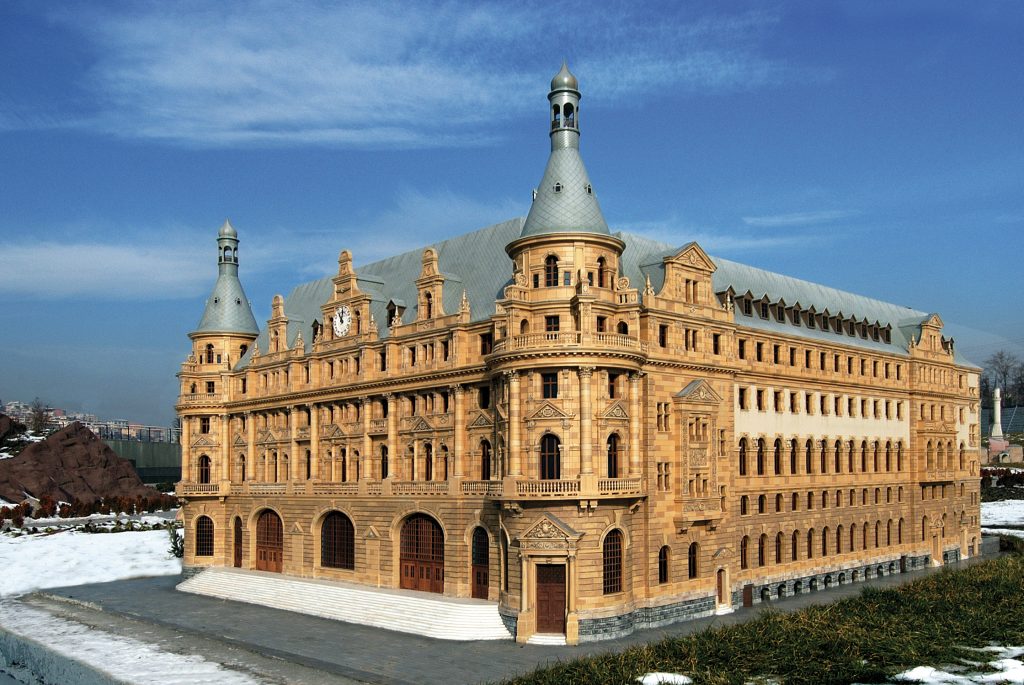
The architects of the Haydarpasa Train Station, known as a symbol of Istanbul are Otto Ritter and Helmut Cuno. The building’s construction began in 1906 and its passenger room opened in 1908. The elements of German renaissance and neoclassical style taken from the Middle European baroc architecture were mixed together to build the place. The sea port in front of the station, is the only work architect Vedat Tek.
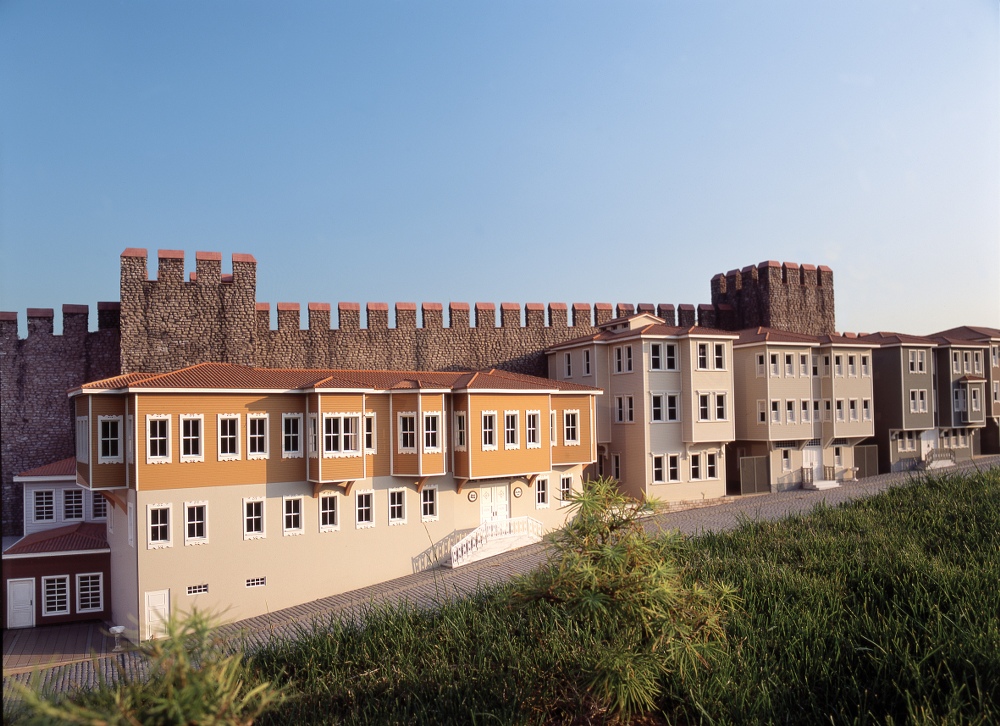
It is the street with old Istanbul houses at the end of Bab-ı Humayun. The history of this street, which is made up of wooden houses with 8 to 10 rooms and 2-3 floors, with oriel, lined on the wall of Topkapi Palace, goes back to the 18th century. The houses received their names from the flowers planted in their surroundings such as Jasmin House, Purple House, Honeysuckle House etc.
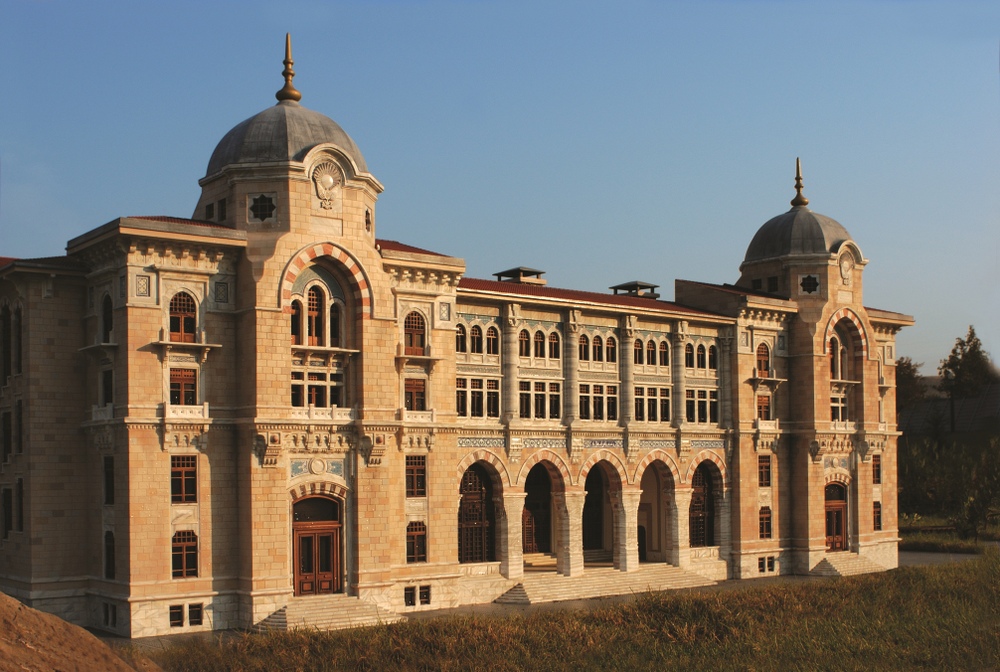
The building, considered as the pioneer of the First National Architecture Movement, is the work of the first Turkish architect Vedat Tekin who studied abroad. In the plan of the building when it was opened to service in 1909, there were two clocks. The clocks were replaced by the signatures of Sultan Abdulhamid the 2nd first and Sultan Resad later.
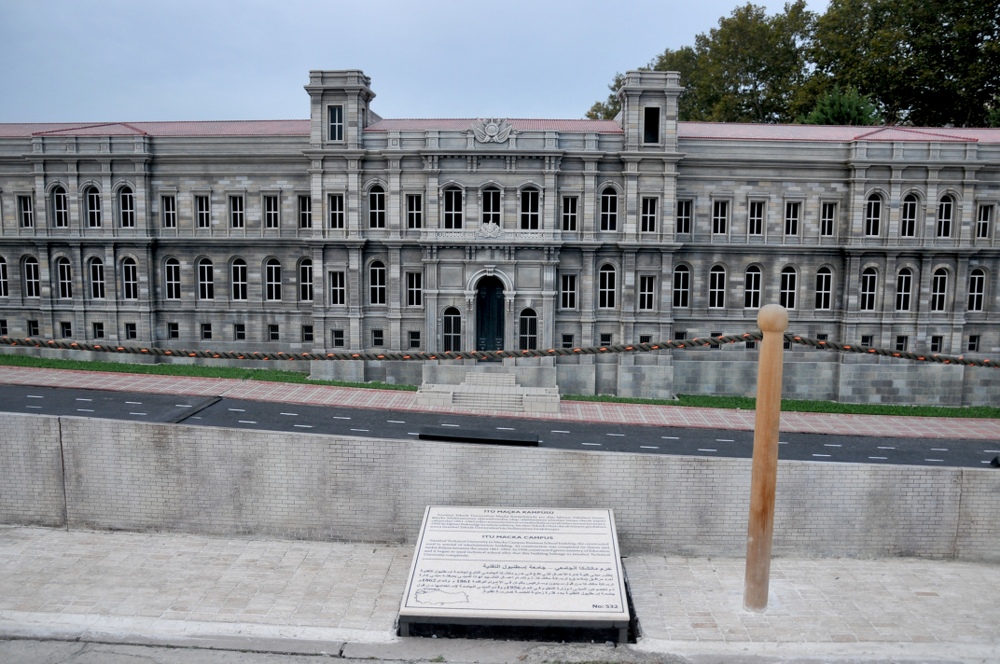
The building of the Faculty of Business Administration located at the Istanbul Technical University Macka Campus, is one of the annexes of Macka Artillery. The construction of the gun house as a management building was completed between 1861 and 1862 by Simon and Sarkis Balyan. In 1956, it was assigned to the Ministry of Education. After serving as Technical School for a while, it was left to the use of Istanbul Technical University.
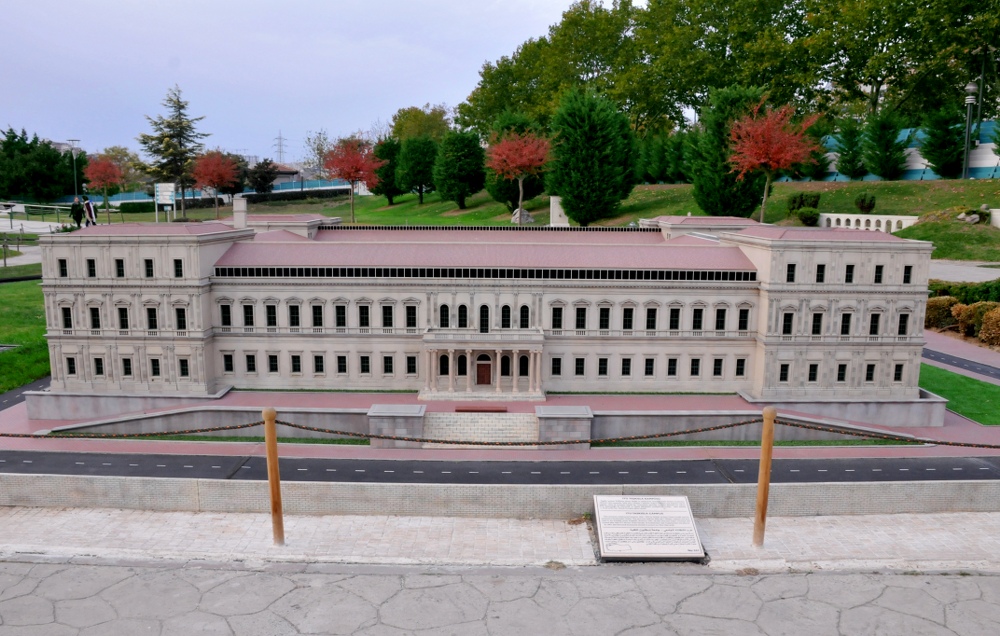
ITU TaIt was built by the British architect Williams James Smith and his deputy assistant Istefan as a hospital of military medical school in 1846 and 1852. A grand renovation took place between 1943 and 1950. After the renovation in 1950, the Rectorate of ITU and the Faculty of Architecture and Civil Engineering were placed here. In 1983, it was taken under protection as a first degree historical monument.

The Basilica Cistern belongs to the most magnificent period of the Eastern Roman Empire. It was built by Justinianus in the 6th century to provide water distribution to the city. Majority of columns are Ionian and Corinthian styles, Dor-style heads can often be found too.
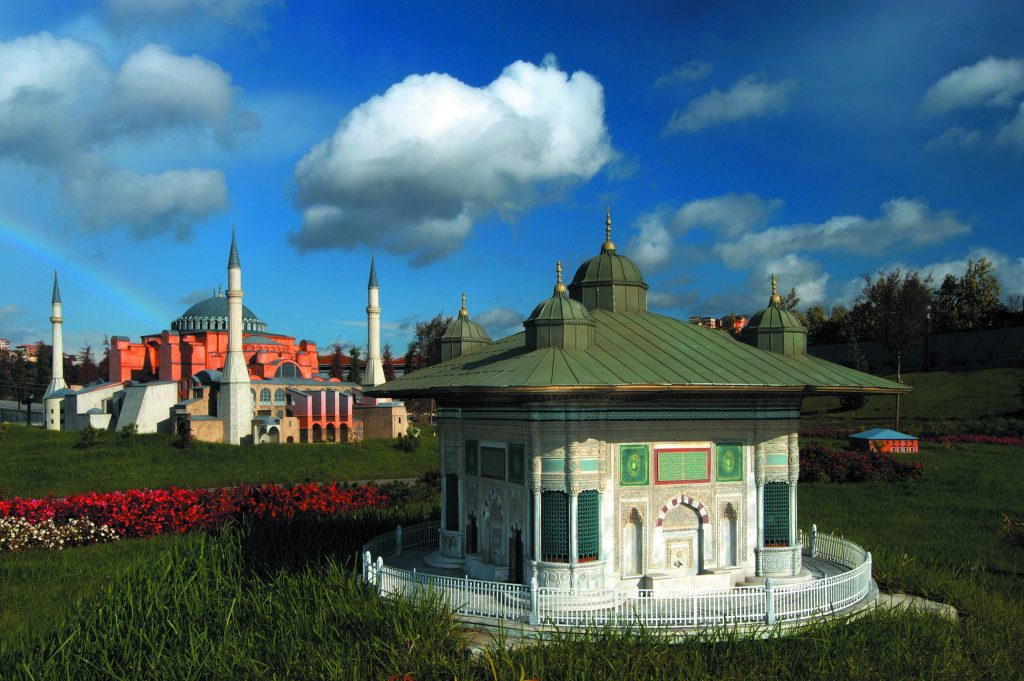
The fountain dates back to 1728 and is located in the Sultanahmet Square. It is built for Sultan Ahmed the 3rd by Grand Vizier Damat Ibrahim Pasha. The architect is Mehmed Aga. The fountain combines classical Ottoman style with Baroque style and is shown as one of the Tulip period’s works.

Built in 1394 by Yıldırım Bayezid and enlarged by Sultan Mehmed the Conqueror, it is the oldest Turkish artifact in Istanbul. Located in the narrowest part of the Bosphorus, it aims to keep the Bosphorus under control. It is on the other side of Rumeli Hisarı.

It is located between the Treasury Gate and Dolmabahçe Mosque in Dolmabahçe Palace. The tower, which was built between 1890 and 1894, was opened in 1895. Baroque, Neoclassical and Empire style items were used together. In the work the clocks on the tower were brought from France.